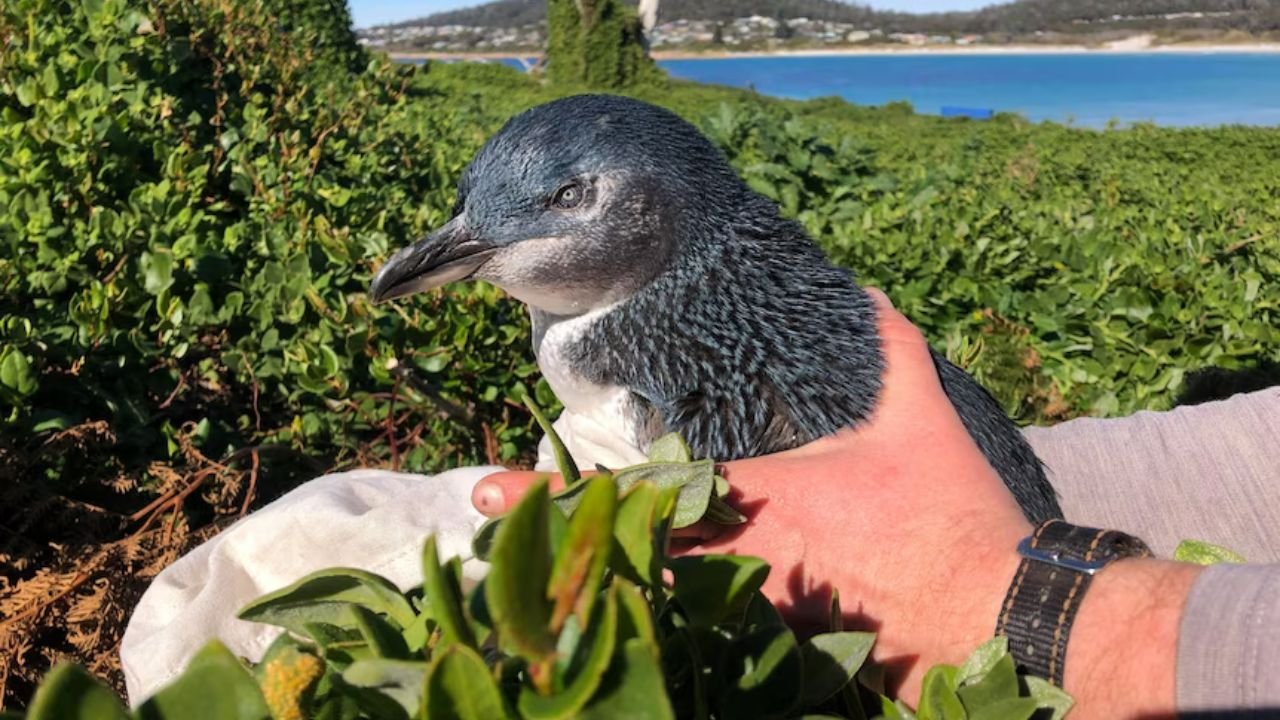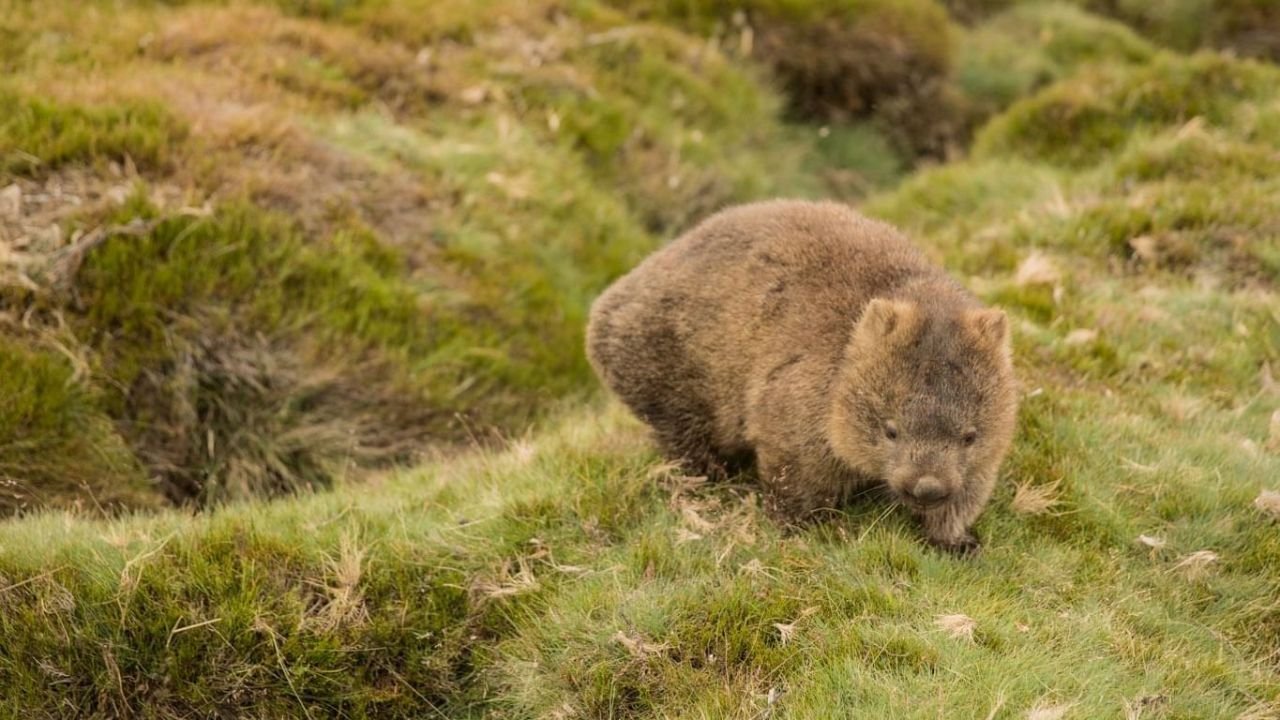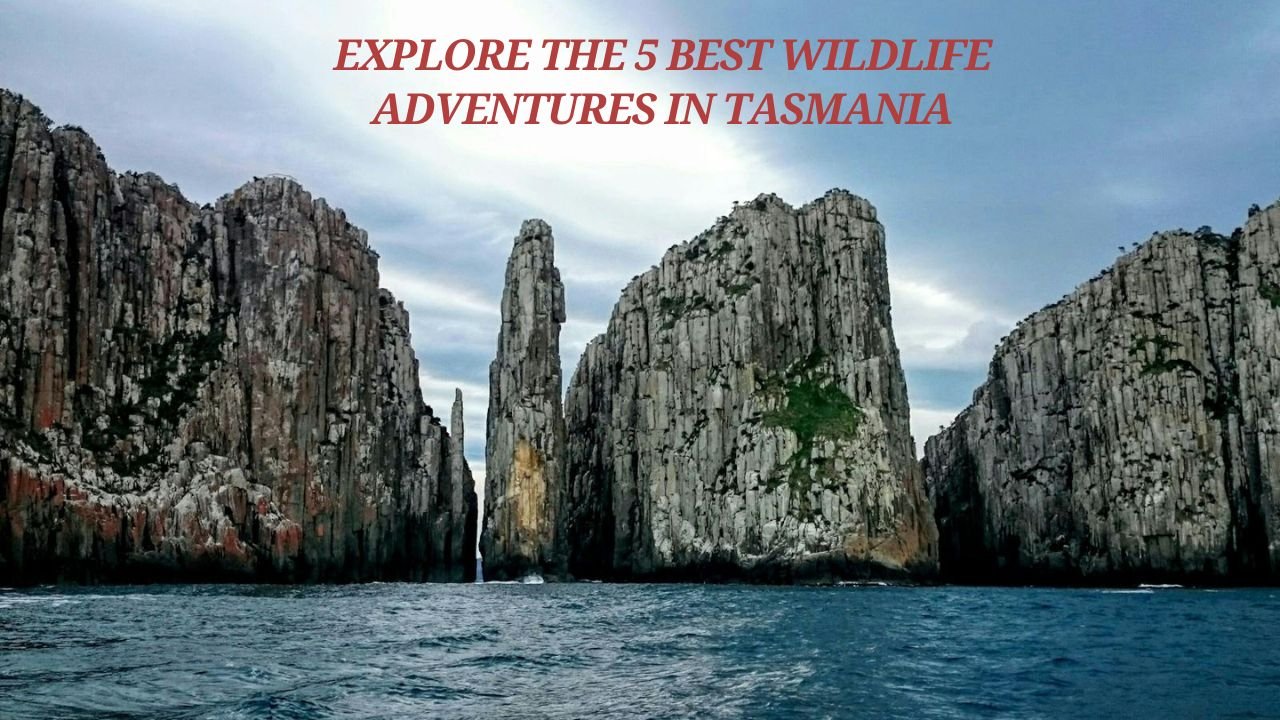Tasmania, “Tassie” for short, is nature’s paradise with its vast wilderness, beaches, and plethora of native animals one won’t find anywhere else around the world. Whether you are into wildlife or visiting for the very first time, Tasmania offers once-in-a-lifetime experiences with animals in their own habitat.
From spotting that elusive Tasmanian devil to watching penguins coming back from the sea during dusk, these are the Top 5 Wildlife Experiences in Tasmania that should rank high on your to-do list.
1.Meet the Iconic Tasmanian Devil at Bonorong Wildlife Sanctuary
Not seeing the Tasmanian devil makes the trip to Tasmania incomplete. Well, that Bonorong Wildlife Sanctuary is located near Hobart, where you can get personal with these endangered marsupials in a safe, educational enclosure.

Why it’s special;
Bonorong is not your standard zoo-it’s a wildlife rescue center that takes in injured animals and releases them whenever possible. The guided night tours give visitors a chance to hear Tasmanian devils growl and feed as well as learn about contributions to conservation helping the species make a comeback from the deadly facial tumor disease.
Location: Brighton, 30 minutes north of Hobart.
2.Observe Little Penguins Coming Ashore at Bicheno
At twilight, one of the most magical sights along the east coast of Tasmania – when hundreds of little penguins make their historic march ashore from a day’s fishing at sea – occurs. Bicheno Penguin Tours will guide you privately into the comically adorable activity without getting in the way of their fun.

What makes it special:
Little penguins, or fairy penguins, are indeed the world’s smallest penguins, and Tasmania is one of the few places where they can be seen in their natural habitat.
- Ideal Time: September to March
- Advice: Carry warm clothes it gets a little nippy at night nearby coast areas.
3. See Wombats and Wallabies in Cradle Mountain – Lake St Clair National Park
The great Cradle Mountain has routes for hiking and wild animals like wombats, wallabies and the echidna. Routinely you will stand a chance to catch a glimpse of wombats and wallabies along these tracks particularly at sunrise or sunset.
What it’s Significance:
The wildlife here is entirely untamed – not confined, tamed. It seems to be distorted reality for any nature enthusiast to see a wombat ambling down a track or a wallaby munching on a grassy plain with mountains looming close by.
- Best Walks for Sightings:
- Enchanted Walk (superb for families)
- Dove Lake Circuit
- Dusk at Waldheim Cabins Area

4.Watch Sea Eagles and Seals from a Bruny Island Cruise
The cruise will take you eco to Bruny Island and show off the highest of the sea cliffs, blowholes, and a lot of marine wildlife. Stars of this show include the Australian fur seals, sea eagles, albatrosses, and, if you are lucky, dolphins or migrating whales.
Why it’s unique:
Bruny Island is wilderness protected, and the rich waters are home to many marine species. The thrills of close encounter are offered on tours aboard with respect for wildlife.
Top service providers: Pennicott Wilderness Journeys
Best months for whales: May to July (for northbound migrations) and September to November (for southbound)
5. Nocturnal Animal Safari at Narawntapu National Park
Known as “Tasmania’s Serengeti,” Narawntapu National Park on the north coast is actually an underappreciated stretch of land where one can feel quite lost among wildlife. Take a nocturnal safari tour or visit just at dusk to see forester kangaroos, wombats, possums, eastern quolls, and many more.
This park apparently has more visible wildlife per capita than anywhere else in Tasmania, and most of this can be found within short walking distance. Grasslands near Spring lawn are particularly good for wildlife viewing.
Be prepared: bring binoculars and a red-light torch so as not to frighten the animals.
In conclusion:
wildlife experiences in Tasmania can only be appreciated at a world standard level due to biodiversity, isolation, and conservation attention. Tassie provides encounters that are rare and authentic, whether it be viewing penguins by the beach, cruising past sea lions, or spotting a wombat in the wild; few places on this earth can match.
With this protection of the wildlife, the experience begins. Always adhere to rules and regulations in the parks, never feed animals, and support eco-tourism operators that uphold conservation.
FAQS:
What is the best time to see wildlife in Tasmania?
Wildlife can be viewed all year round but perhaps the best time through summer, that is, from September to March, offers good visibility and conditions for tours.
Can you ever expect to see Tasmanian devils in the wild?
Very rarely, since they are mostly nocturnal and secretive. Some harmless and educational close encounters can be made at Bonorong and other sanctuaries.
Are there any poisonous creatures in Tasmania?
Witness the tiger snake and white-lipped snake, but they are shy and rarely cause harm if left alone.
Is it safe to drive in Tasmania after dark?
You can proceed with caution-Wildlife is active after dark and commonly crosses roads. Always drive slowly and keep your eyes open for animals.
